In accordance with the Jordana-Berard Agreement, twenty I-15bis were returned to Spain after the end of the civil war.
At first they were marked as 2W, then it was changed into C.9 (Caza tipo 9, Fighter type 9).
They were allocated to Grupo Regimiento de Caza 23 at Reus, and served with the Ejercito de l'Aire being withdrawn from service only in 1954.
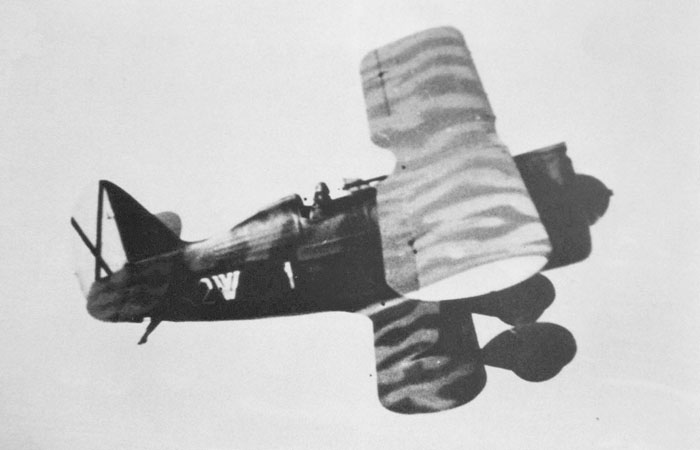
Good image from above of plane 2W-1 that allows to see the complex camouflage, presumably tan and dark green.
On this photo, the gunsight (and presumably the armament) were preserved.

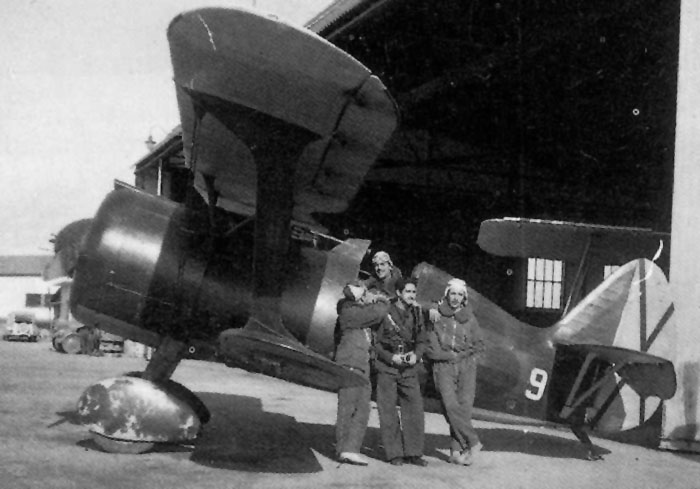
On this photo, plane 2W-9 shows still the gunsight and presumably the armament.
Strangely, the camouflage looks much less contrasted than on the photo above, this could be due to the use of a darker shade of brown.
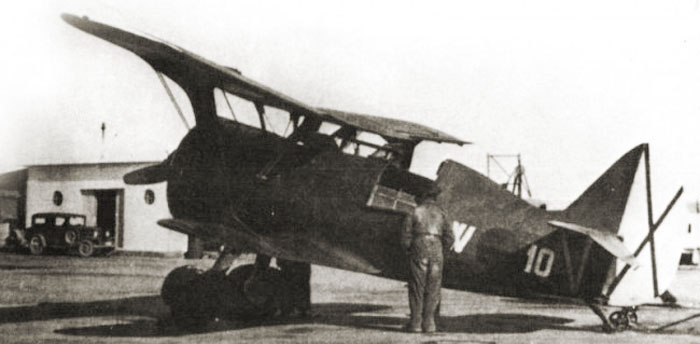
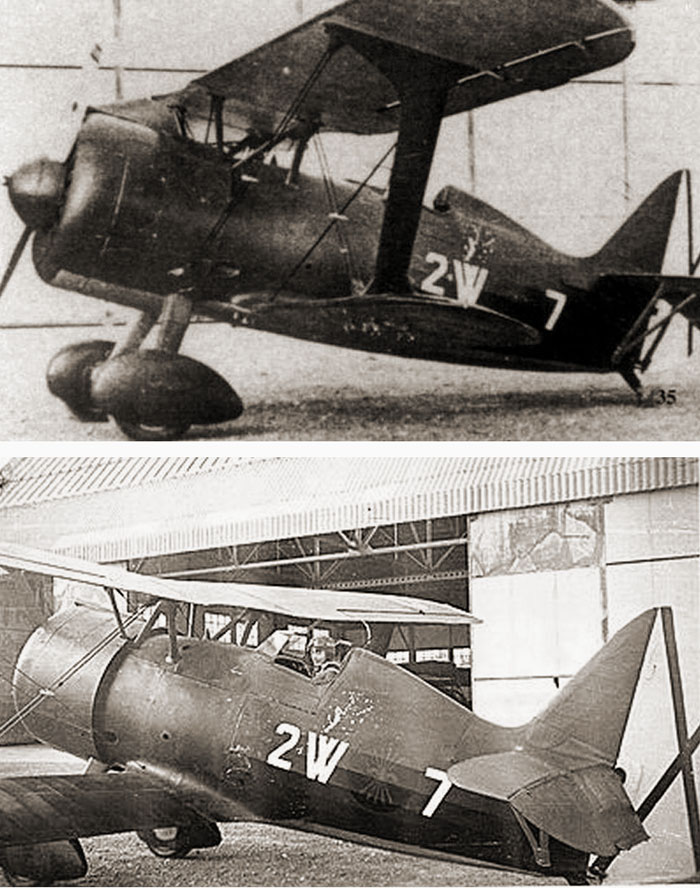
After some time, the planes received some modifications:
- the armament and the OP-1 gunsight were removed;
- the windshield was modified with a small flat panel;
- and a trim tab was added on each upper wing aileron;
- the position lights of some planes were relocated, one above and one below each wingtip.
The planes utilized for training only.
These photos show plane 2W-7 after the modifications

2W-13 with the armament, gunsight, wheels fairings and (probably) spinner removed. Trim tabs on the ailerons aren't recognizable, while the position light still seems in the original configuration.
Image from Polikarpov fighters in action Part 1, Squadron/Signal n.157
I-15bis with Spanish later markings
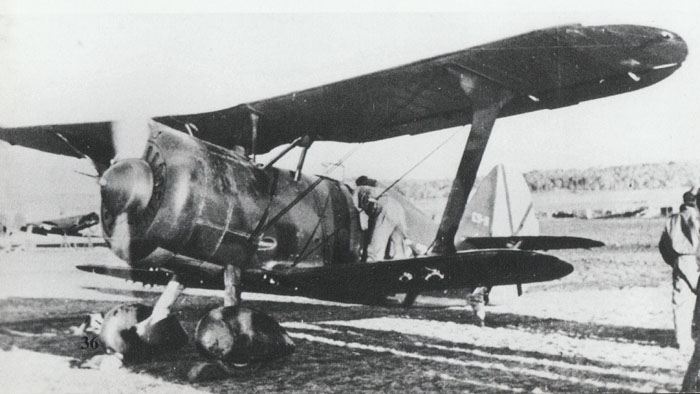
This plane shows the later coding C.9-9 (Caza tipo 9 No.9) in white on its tail; unfortunately we can't see the markings on the fuselage and under the wings.
The plane still bears the camouflage; the position lights on the wings are of the split-type, one over and one under each upper wingtip.
Image from Polikarpov fighters in action Part 1, Squadron/Signal n.157
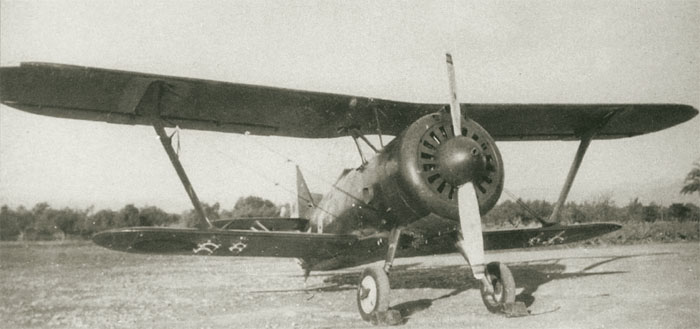
This plane shows Spanish red-yellow-red cockades under the wings and on the fuselage, and a white rudder with the (unrecognizable in the photo) black S.Andreas'cross.
Probably the plane was camouflaged as those of the previous photos.
Note the bands on the propeller's blades tips, probably red-yellow-red.
image from Red Stars vol.5, Polikarpov's biplane fighters of Gordon and Dexter.
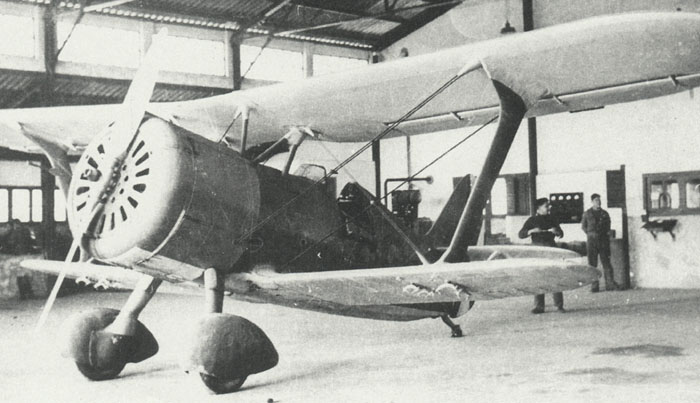
Another plane whose general painting is of difficult interpretation. A roundel can be seen on the fuselage sides, but not under the wings. A number black 25 is visible before the roundel; perhaps some other ones are there after the roundel.
The upper surfaces of wings and fuselage are dark and could be camouflaged, while the upper and side parts of the engine cowling are painted with a light color, possibly grey.
Profiles of Spanish I-15bis in bibliography show overall grey livery with light blue undersurfaces and national markings, but we have not found photos of the real planes painted so.
image from Red Stars vol.5, Polikarpov's biplane fighters of Gordon and Dexter.